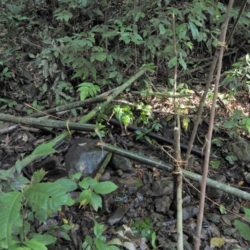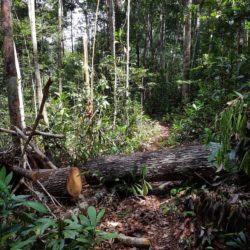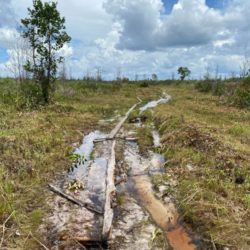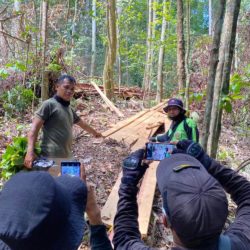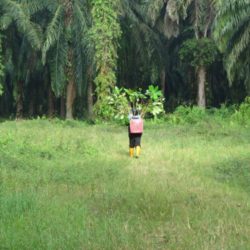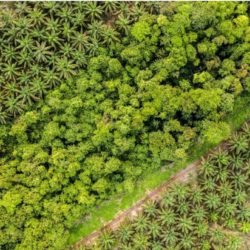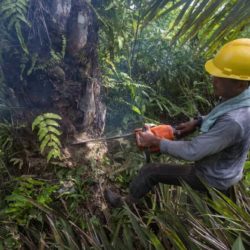Orangutan conservation depends heavily on moral, political, financial, and scientific support from the Global North. But in its practical operations on the ground it relies on the bureaucratic infrastructure of governments, knowledge and skills of field staff, as well as the support of plantation industries and local people who live in or around orangutan habitat.
Forming partnerships is often a fragile, messy process that takes place across uncommon ground. For villagers across Borneo and Sumatra, who often lack basic amenities such as healthcare, running water, electricity and telecommunication, the attention, money and care invested in orangutans is often difficult to understand. While some indigenous groups have special relations with orangutans, most villagers do not share Western affinity for orangutans. However, local people’s reservations about conservation efforts do not stem only from diverging views on orangutans. Rather, for those living alongside orangutans, orangutan protection measures raise concrete material concerns. While orangutan conservation initiatives may bring jobs, education, and infrastructure, they can also have unintended, largely invisible consequences, such as social disintegration, restricted resource access, and loss of customary land. These problems highlight an issue that often remains unseen in Western depictions of orangutan extinction: the fact that it is not only orangutans that can experience displacement and harm, but also local people caught up in conservation programmes.
Conflict between humans and orangutans is not an uncommon problem, especially when orangutans are translocated or released into customary forests. Orangutans may enter local gardens and plantations, where they may damage crops and equipment. Often seen as pests by local people and plantation staff, orangutans risk being harmed or killed in revenge for their perceived wrongdoings. To prevent and mitigate conflicts between humans and orangutans, conservation organisations deploy deterrents, such as nets, noisemaking devices, and moats, and seek alliances with plantation holders to preserve forest corridors. Rather than being based on purely ethical deliberations, decisions over who to collaborate with (or not) are often informed by strategic pragmatism.
The images and stories in this gallery thus complicate widespread understandings of orangutan conservation as simply an ethically inspired and politically neutral endeavour. Some images show how orangutan conservation relies on and appropriates the tools and infrastructure of seemingly conflicting industries. Other images allude to the tensions and conflicts that emerge between orangutans, conservationists, and the people living with or alongside them. They reveal that for villagers in Borneo and Sumatra, orangutan conservation is not a self-evident good, but a highly political project with unintended, yet often invisible, effects. This raises thorny questions about whose interests orangutan conservation serves, whose rights it protects, who it benefits, and how it could be carried out in more equitable ways.

